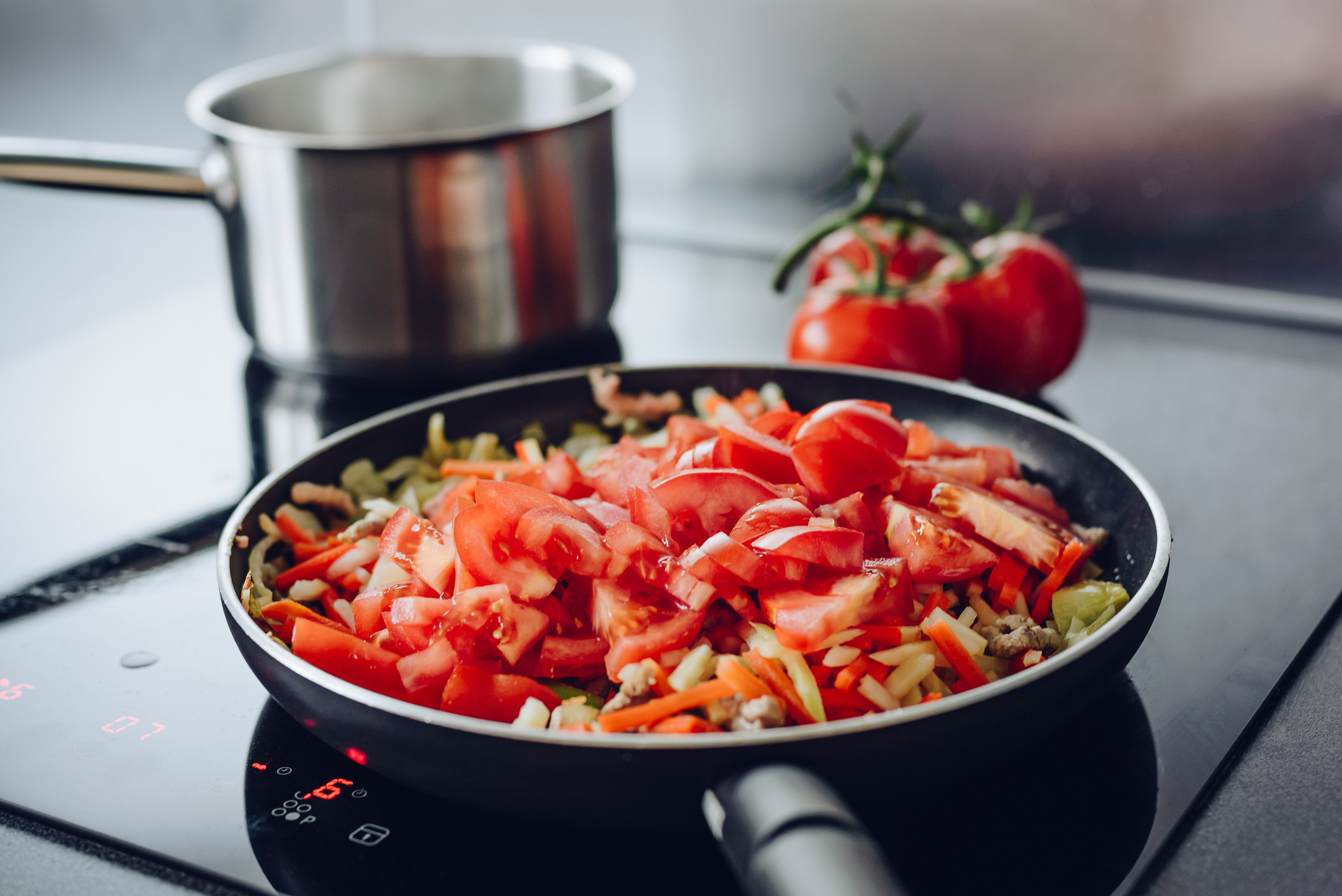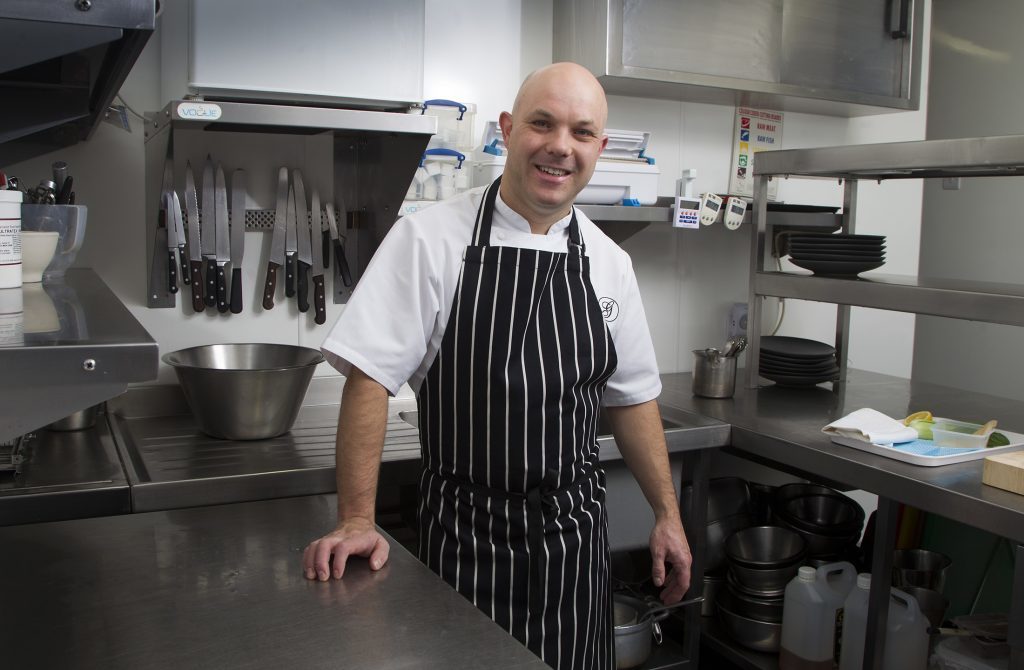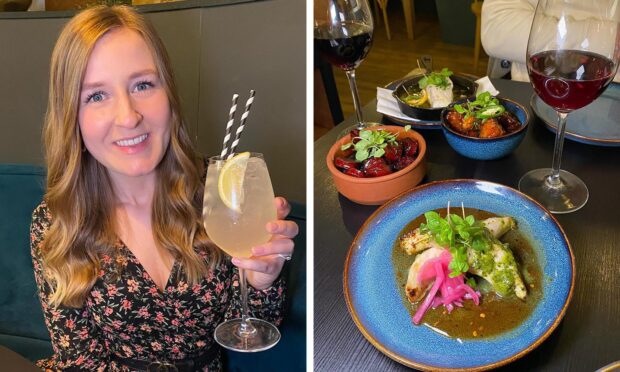In the past most chefs wanted to cook on gas and I was no exception, whether cooking at home or working in my restaurant kitchen, says Garry Watson, chef proprietor of Gordon’s Restaurant in Inverkeilor.
However, technology has moved on and I have recently upgraded my gas range in the restaurant to a new state of the art electric induction range. Induction is fundamentally unique in that it uses electromagnetic energy to directly heat pots and pans. In comparison, gas and electric hobs heat indirectly, using either a burner or heating element to heat cookware underneath. That radiant energy is then passed on to your food.
Induction doesn’t use burners or heating elements underneath the pan but a series of magnets that excite the iron atoms in a pan to generate heat, making controlling temperatures very precise and delicate enough to melt butter and chocolate, but powerful enough to boil 1 litre of cold water in 2 minutes.
Heat is only generated at the base of the pan so the only heat that kicks out is from the food you are cooking. As soon as you lift the pan off it switches off making it energy efficient while the hob cools instantly, making it far safer with less chance of burning yourself or the food.
You don’t require strong ventilation in the kitchen – the temperature in my kitchen during service has dropped from 35C to 25C and makes working conditions far more comfortable. The speed with which it heats up and the quick drop of heat when turned off help me deliver food quicker and reduce the risk of it getting cold. Result: even higher quality dishes.
There is no doubt that in terms of raw energy used, induction wins hands down against gas, and even more so if, like me, you live in a rural area with no mains gas and having to use costly gas bottles.
You will need pans that are magnetic to work on induction but, once bought, they will last for years and always look like new. And what’s more, after a busy service all the hob needs is a simple wipe down and it’s spotlessly clean again.
Chef’s tip
If you’re thinking about fitting a new kitchen I’d 100% recommend an induction hob. Gas may be a cheaper option to buy but induction will pay for itself in the long term and also looks far slicker and contemporary. So much so I’m currently replacing my own home cook top now.











